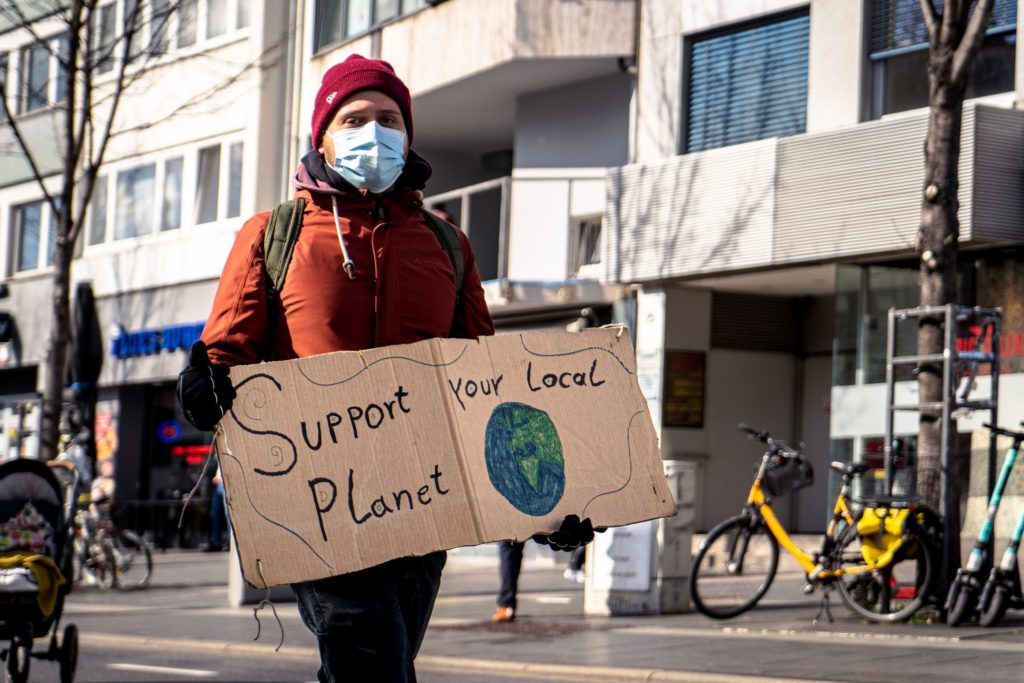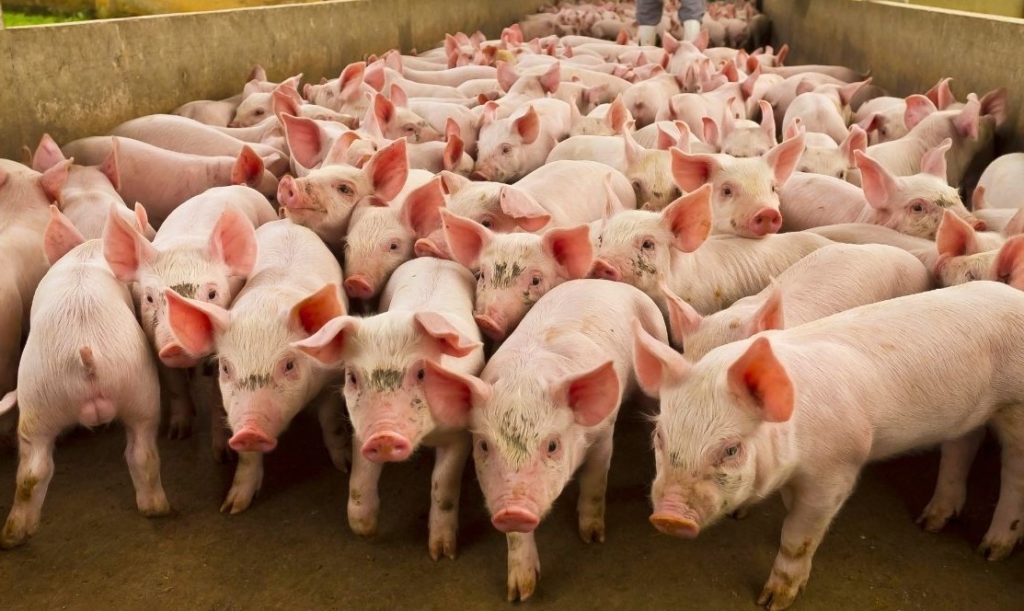
With the rise of novel zoonotic diseases like Covid-19, it is very evident that we need to evaluate our lifestyles and current food system. By changing our product purchases, reducing our food consumption and carbon footprints globally, can we limit the occurrence of zoonoses? We should certainly try! Fixing the internal systemic problem should be our focus, rather than applying a “band-aid” solution like social distancing.
So has eco-friendly living become a goal for the average consumer, or is society unchanged by the current circumstances? What can we do globally to prevent the next future zoonotic outbreak? This post discusses:
- What are Zoonotic diseases?
- The rise of Zoonotic diseases: Animal agriculture and climate change
- Adopting a plant-based and eco-friendly lifestyle
- Global change is in order
What are Zoonotic diseases?
What do HIV, Cholera, Influenza, Bubonic plague, Smallpox, all have in common? They have all made the jump to humans from non-human animals, thus they are considered zoonotic diseases. In fact, 60% of all human diseases originate from animals, including the current novel Covid-19 virus. And of all new emerging diseases, 75% can jump species. The most well-known zoonotic diseases have all come from farm animals used in agriculture. On average, domesticated animals share 19 viruses with humans, while wild animals only share 0.23 viruses.

The rise of novel zoonotic diseases
Animal Agriculture
A rise in the human population to 9.7 billion by 2050 means an increase in demand for animal protein. With more animals farmed for food production, intensive animal farming practices will continue to be the norm. The close contact and abhorrent living conditions involved in intensive farming allow for the fast evolution and spread of zoonotic diseases.
Factory farming also breeds livestock to be genetically identical to one another within a herd or flock. In a natural environment, animals exist with genetic diversity, allowing the existence and survival of individuals that are more resistant to a virus. This lack of genetic diversity in farm animals means a quick spread of disease. These facts paint a picture of an alarming future with the state of our current food system.
We must also consider the fact that we need to produce food to feed our farm animals. In 2020, the global cattle population alone was estimated at over 1 billion. Can you imagine how much land is required to grow food for 1 billion cattle? Or even how much land is required for grazing? In 2012, the FAO stated that 33% of croplands are used for feed production. Of all habitable land, 26% is used for cattle grazing. An increase in the demand for animal meat means an increase in croplands to feed them. In fact, every year 13 billion hectares of forest are cleared for croplands for livestock feed and grazing. So, what does this have to do with zoonotic diseases? The encroachment of the human population into wild habitats means close contact with wildlife and transmission of zoonotic disease.
Climate change
Climate change also plays a large role in the rise of zoonotic diseases. Some zoonotic viruses are transmitted to humans indirectly through vectors like mosquitos, and rodents. Just like any species on this planet, these vectors have habitats that are temperature and climate dependant. With a change in the global temperature, vectors can increase their habitat area. An increase in habitat means an increase in population size and contact with humans. One notable example is the white-footed deer mouse. This rodent is a common host for the deer tick, which is a vector for transmitting Lyme disease to humans. Climate change has led to the increase in the habitat of the mouse northwards at a rate of 10 km/year.
Changes in climate and temperature also change the development of pathogen Ioad in arthropod or vertebrate vectors. In the case of Malaria, the bacterium cannot complete its growth cycle in the mosquito below 20 degrees Celsius. At higher temperatures, the growth of the bacterium proliferates. Increased rainfall also means an increase in the mosquito population harboring the malaria pathogen.

Adopting a plant-based and eco-friendly lifestyle
If zoonotic diseases like covid-19 are becoming a common result of animal agriculture, then plant-based living is the key? Well, yes, but it becomes complicated and harder for some individuals than others. In North America, access to synthetic meat products is widely available. Such products make the change to veganism much easier for die-hard meat fans. Unfortunately, not all parts of the world have access to products like these, or the income to afford them. For richer nations that can afford it, there needs to be a 100% switch to synthetic meat products, at least this is what Bill Gates suggests.
Do we really need synthetic meat products to change our diets from carnivore to herbivore? Certainly not. Cheap and incredibly fulfilling sources of plant-based proteins like beans and legumes are widely available. These foods can provide many of the amino acids, iron, and fibre required for a healthy lifestyle. But a healthy plant-based or vegan lifestyle requires some nutritional instruction to ensure you are meeting your needs. Not all people may have access to this information or dietary advice. To make this change globally, it should become our moral duty to ensure that all humans are not inhibited by their social status, income, or country. For some great tips with vegan living, check out my quick guide on healthy vegan living on a budget.
Choosing to live a vegan lifestyle certainly isn’t the be-all-end-all. As I noted earlier, climate change is a problem, and other sectors like energy and transportation need our attention. We need to initiate all change where change is due. This may include reducing your energy consumption, driving less, buying carbon offsets, and the list goes on.
Global change is in order
Among the alarming predicted rise in global temperature and Covid-19, we have all become aware of the need for change. Not a single human on this planet can honestly say they haven’t felt the effects of our current global situation. Animal agriculture has played a large role in the prevalence of zoonotic disease, deforestation, increased carbon emissions, and climate change. Adopting a plant-based or vegan diet can help to reduce the demand and thus supply of animal products. Choosing meat alternatives like synthetic meat products can help you with the transition while filling your cravings. Simple plant options like beans and legumes can provide you with protein, iron, and other nutrients, without breaking the bank. An eco-friendly lifestyle can benefit you in so many ways, but most importantly it will help preserve the future of our world.
Check out more posts on our sustainable lifestyle blog
Thank you for this easy to understand and important information. You make really good points! Definitely worth a read and a think!